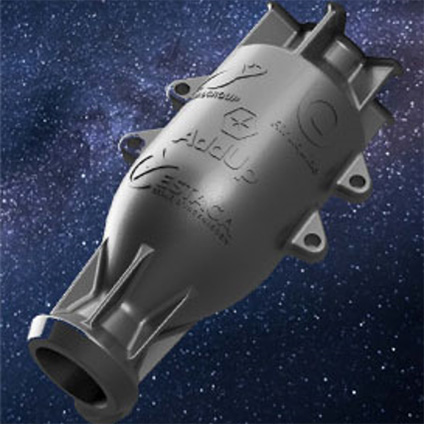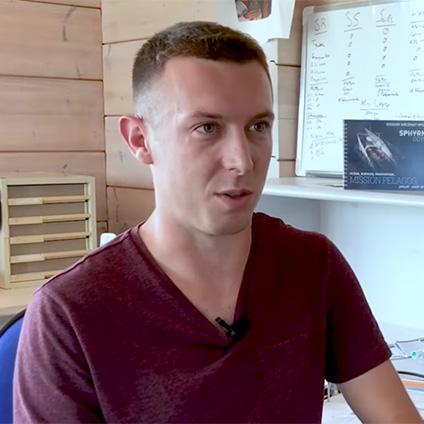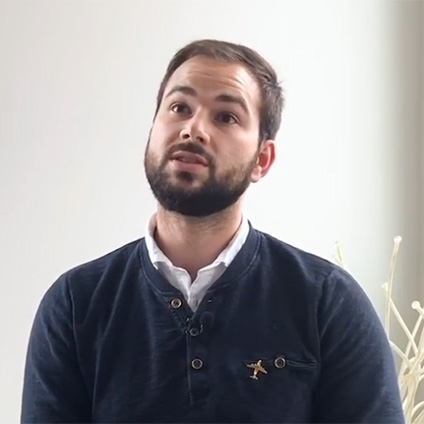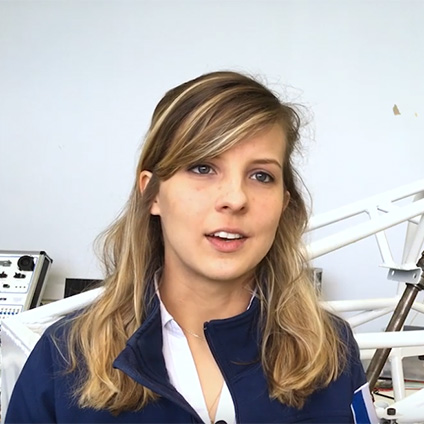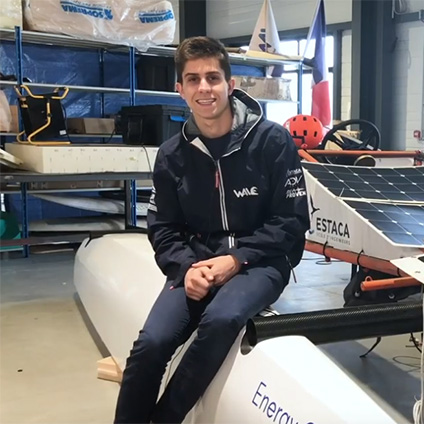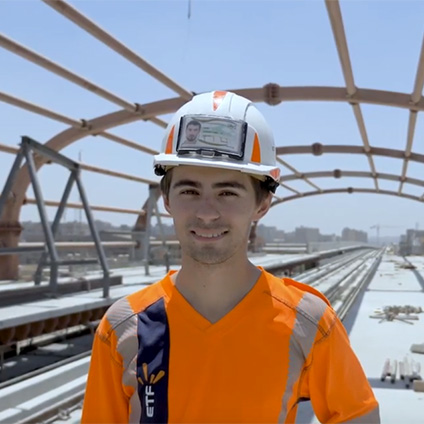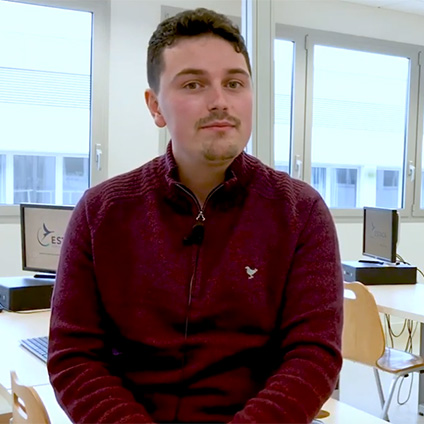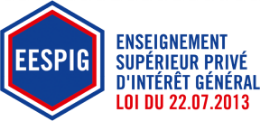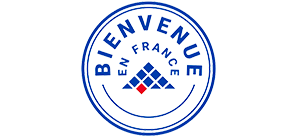3D metal printing
Students in the space sector are currently carrying out an ambitious end-of-studies project in partnership with industrial companies, including ArianeGroup. Robin Piebac and Augustin Coudray, 5th-year students in the space program, tell us how they got involved in the Aurora Liquid Engine project, which uses a brand new process of metal additive manufacturing, commonly called Metal 3D printing. This process is one of the most important innovations this century in the space sector.
Member of the ESO association (ESTACA Space Odyssey) Robin and Augustin are passionate about space and, in May 2018 decided to embark with 7 other students on a project to manufacture one of the main parts of a space launcher, a rocket engine, using an innovative manufacturing process: metallic 3D printing. The goal of their Aurora Liquid Engine project is to complete all the development stages of a liquid propellant engine and its test bench, from preliminary studies and sizing to the manufacture of a bench and engine parts. “It’s a unique experience that allows us to deepen our practical and experimental skills by tackling various fields of engineering: fluid mechanics and CFD, CAD, stress optimization, and even gas thermics and material studies. On the experimental side, the project gives us the opportunity to carry out small-scale tests on new solutions in liquid space propulsion (3D printed metal chamber and nozzle, particular type of injection, optimization of the shape of the cooling channel…). The project will culminate in a test on a test bench integrating the acquisition and analysis of engine performance data”, explains Robin.
The Aurora Liquid Engine academic project is supervised by a teacher-researcher from ESTACA and an engineer from ArianeGroup Conducted within the ESO association, it is backed by several industrial partners who are very interested in the results obtained by the students, namely: ArianeGroup, Air Liquide and ADDUP, one of the European leaders in metal additive manufacturing, commonly known as metal 3D printing. “With 3D printing, we can create very specific parts. It’s a highly innovative and promising process for the space industry”, says Augustin Coudray, who works on the test bench team. “We hope that this project and the work done will continue and will start a space propulsion sector within the ESO association”, concludes Robin.
If you are interested in this project, go to aurora-engine.fr.



